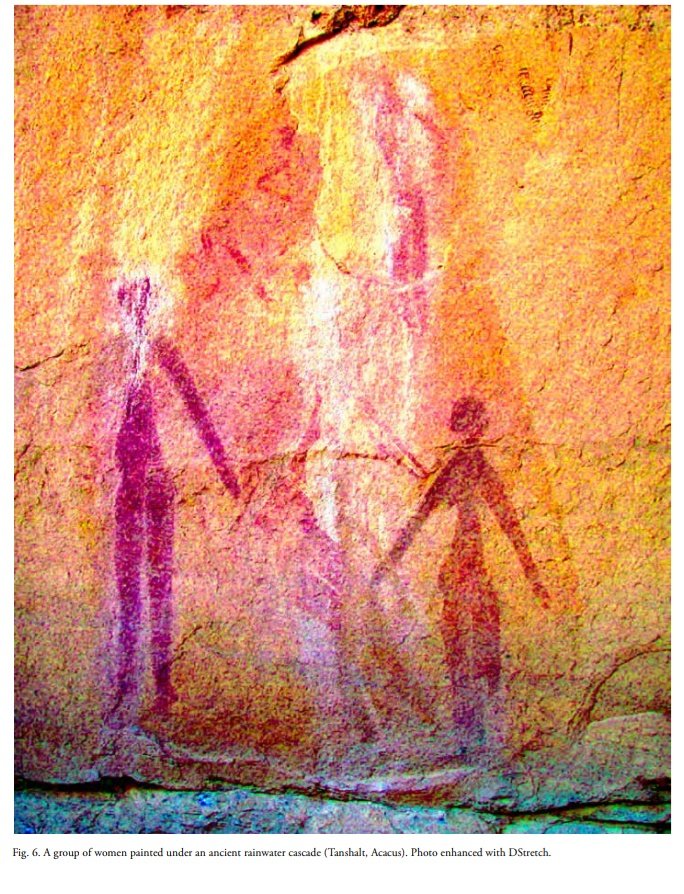Dr. Carter G Woodson on the Mali Empire :
"the left bank of the Niger developed heroic leaders. Operating from Kangaba, sometimes called Kanga, the capital of Manding, they made for themselves a place in history among the greatest rulers of their day"
#BlackHistoryMonth #Day2

"the left bank of the Niger developed heroic leaders. Operating from Kangaba, sometimes called Kanga, the capital of Manding, they made for themselves a place in history among the greatest rulers of their day"
#BlackHistoryMonth #Day2


"This city has been the center of the Malinké, or Mandingo people...For several hundred years this city was the capital of one of the greatest empires ever developed in Africa and one of the most considerable that ever existed in the history of man" - Dr. Carter G Woodson 

"The first time the outside world ever had a glimpse of this empire was about 1050, when one of its rulers, converted to Islam, made a pious pilgrimage to Mecca to bow at the tomb of the Prophet." - Dr. Carter G Woodson
"Mansa Musa. He brought the Manding to its apogee during his reign from 1307 to 1332. Building upon the conquest of his predecessors, Gonga-Musa expanded the Manding empire in all directions" - Dr. Carter G Woodson
"The administration of justice was an important concern of both the central and local authorities. In the judiciary were representative lawyers, judges, juriconsults, and the like" - Dr. Carter G Woodson 

"The people were in good circumstance because of their trade and industry. They exported gold, ivory, skins, and kola nuts; and they exchanged cattle, durra, and cotton" - Dr. Carter G Woodson 

"Signs of wealth were in evidence, and the people seemed happy. Towns, which flourished as an out let of what the people produced, introduced among them a. desire for imported luxuries for which these commodities were exchanged." - Dr. Carter G Woodson 

"The army was organized on the same basis of efficiency. It was composed of both infantry and cavalry armed with bows and arrows, swords, and long and short spears. The army was divided into units under captains or commandants." - Dr. Carter G Woodson
#BlackHistoryMonth #Day2

#BlackHistoryMonth #Day2


• • •
Missing some Tweet in this thread? You can try to
force a refresh






















